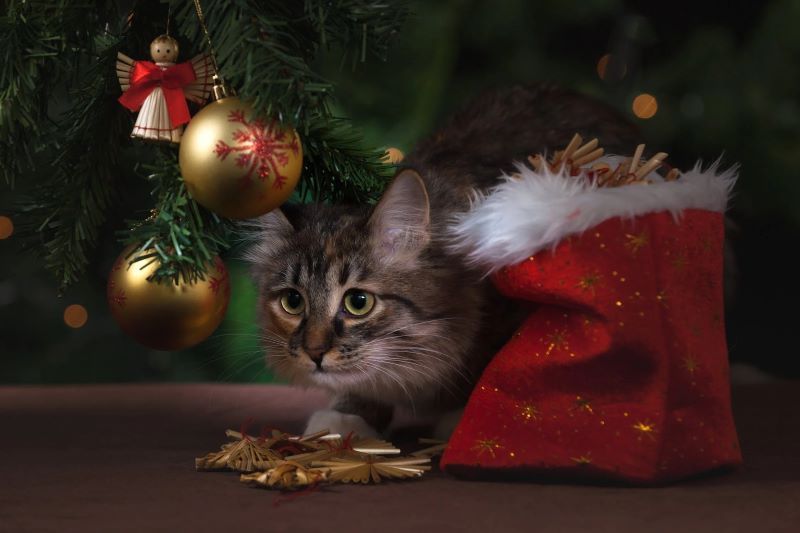A Brief History of Christmas Ornaments: From Ancient Times to Modern Day
Christmas decorations are an essential part of the holiday season, bringing cheer and joy to homes around the world. From sparkling stars hung over a mantelpiece to tiny ornaments dangling from a Christmas tree, these festive adornments have been used to celebrate the holiday since ancient times. In this post, we’ll explore the history of Christmas ornaments and how they’ve been used around the world to commemorate Yuletide holidays.
The earliest form of Christmas decorations emerged in Ancient Rome, where garlands were strung up in honor of Saturnalia, a pagan festival held in December to celebrate the winter solstice. As Christianity spread across Europe, these customs evolved into Christian-inspired traditions like hanging mistletoe boughs and burning evergreens for luck. By the Middle Ages, people had begun using colorful glass balls as decorations—the first recorded use of this tradition was in 12th century England when a monk hung gold and silver spheres on an evergreen tree as part of a church service.
In Northern Europe during the 16th century, it became popular for families to hang ornate paper cutouts from their Christmas trees. These cutouts featured images like snowflakes and traditional symbols like bells and stars—all meant to bring good luck during the new year. In Germany during this time period, wooden carved figures known as “Christmas putz” (or “Christmas town”) were created by craftsmen who set up miniature villages beneath decorated trees. Meanwhile in Japan, colorful origami figures were hung on New Year trees as part of holiday celebrations and remain popular today.
By the Victorian era, glass ornaments had become all the rage throughout Europe with each country developing its own unique style. The English enjoyed making porcelain dolls while French artisans crafted hand-painted eggs filled with candy treats called pomanders; meanwhile German artisans created intricate blown-glass ornaments featuring complex designs inspired by nature.
Unconventional Ornaments: Innovations and Trends in Contemporary Times
By modern times, mass production had made it easier for people everywhere to stock up on seasonal decorations before Yuletide rolled around each year. Nowadays you can find all sorts of materials being used for Christmas decorations including plastic beads and figures, metal tinsel garlands, felt stockings with 3D characters attached and even electronic LED lights that twinkle merrily on your tree at night! Whichever type you choose however –whether traditional or modern–you can guarantee that these festive embellishments will bring cheer and joy into your home this holiday season!

